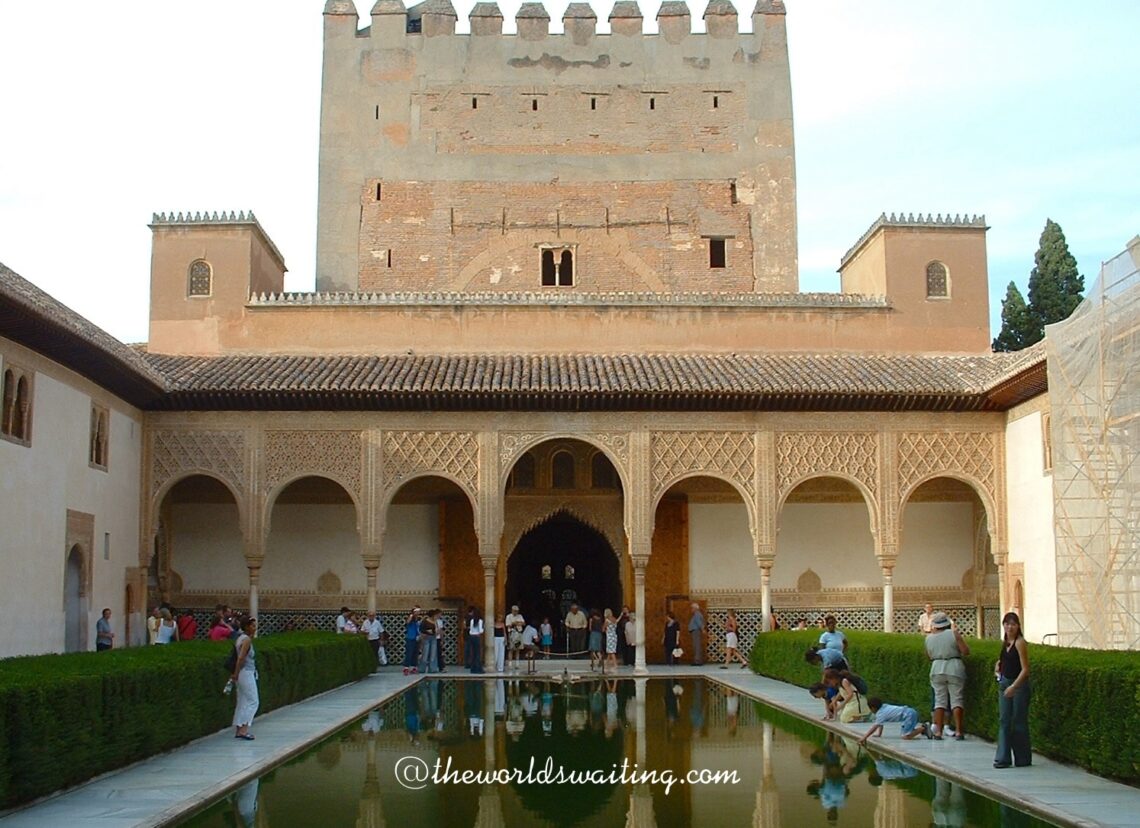
Alhambra
The Alhambra is a palace, fortress and a feast of Moorish architecture. To squeeze some culture into your break on Spain’s coast get up to Granada where you will be rewarded with exotic and lavish gardens and an exquisitely decorated palace. One of Spain’s 42 UNESCO heritage sites, the Alhambra has a rich history of occupants including both Arabs and Christians (not together obviously). It consists of a palace with functional areas, living rooms and a harem, the main fortress and a residential area for subordinates. It was built perched on a hilltop and different parts seem scattered about and connected by courtyards.
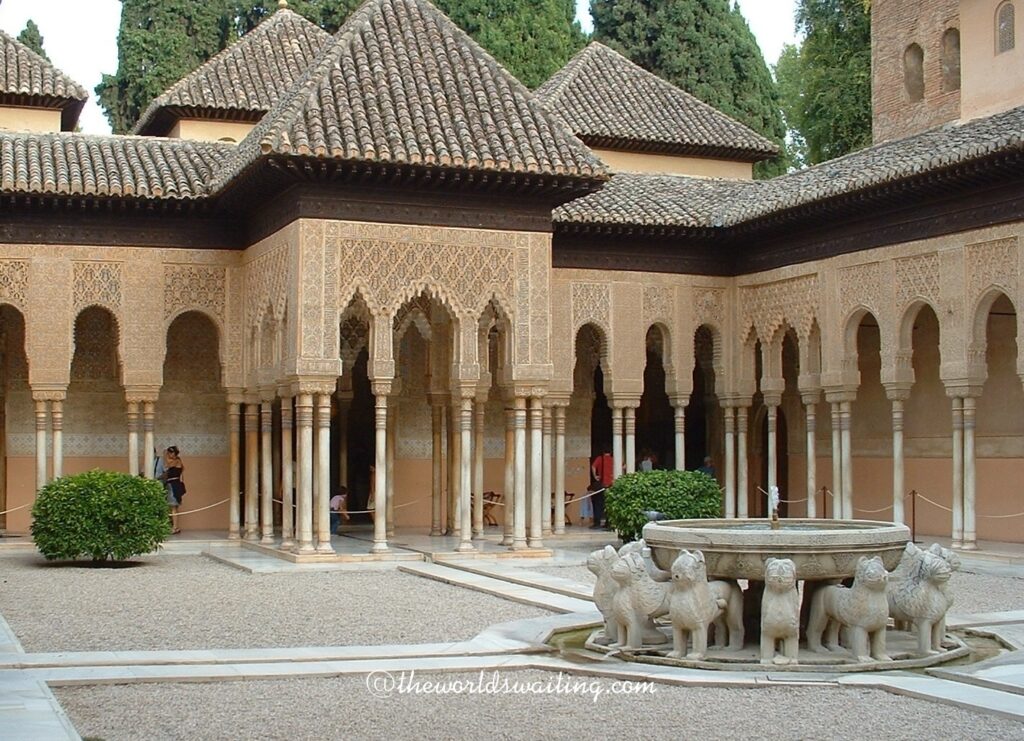
The history of the Alhambra
The complex was constructed as a fortress initially, in the mid fourteenth century, by the Arab rulers of the Emirate of Granada. It is situated on the top of a hill West of Granada with a splendid view across the city. A century or so after initial construction some portions of the fortress were used by Christian rulers. The Palace of Charles V was built within the existing structure of the fortress. Over the following centuries the complex fell into disrepair and it was rediscovered in the nineteenth century when restorative work began.
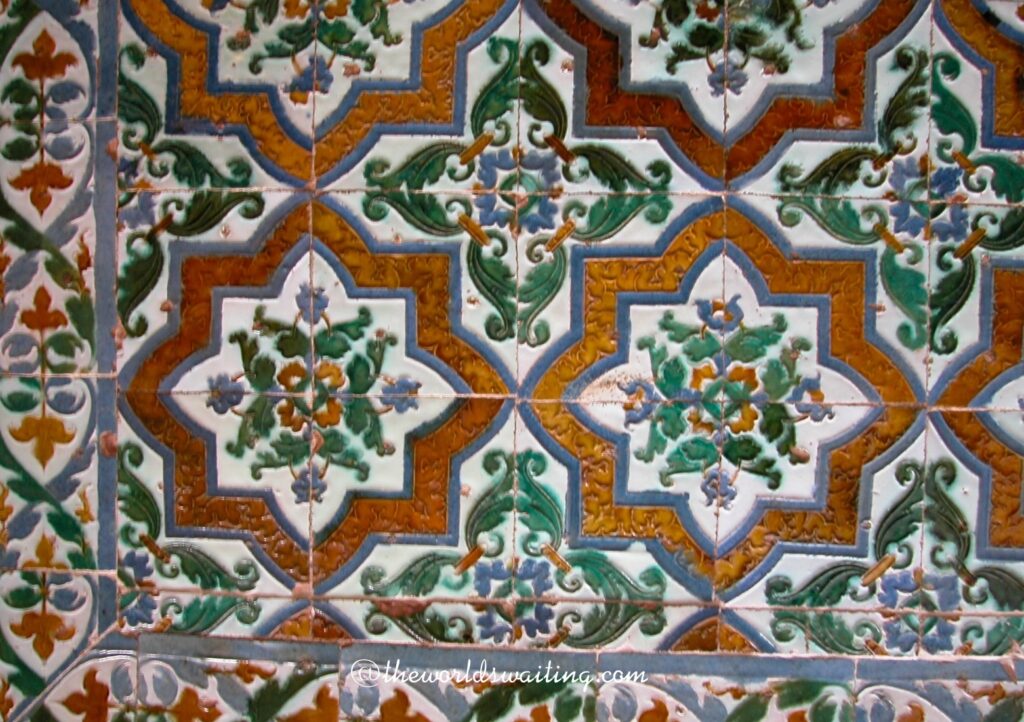
Admire the design
The word Alhambra means ‘red’ and the palace was so-named on account of the red clay that it was built from. The Alhambra is home to some of Spain’s most famous and interesting Islamic architecture. The architects were clearly fixated with covering every space available with intricate decoration. Barely a panel inside the palace is not decorated somehow. Many of the detailed archways have little to do with supporting the structure, but simply exist as decoration. Everywhere you turn surfaces are covered with colourful ceramics, plasterwork and woodcarvings.
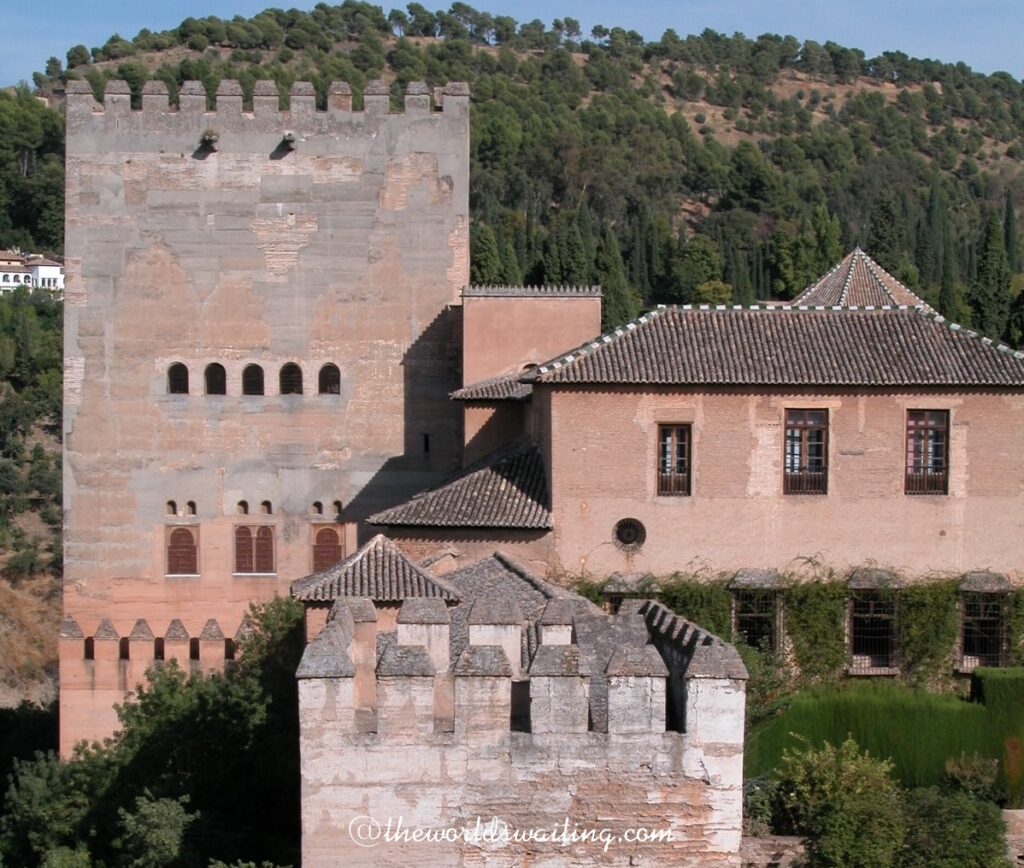
Highlights of the Alhambra
The courtyards between different areas of the complex are each unique. The Courtyard of Myrtles frames a large pool of water. The pool kept the palace cool during hot weather but was also a symbol of power when water was in short supply. The Courtyard of Lions (pictured above) is a smaller courtyard flanked in coloured tiles and marble pillars. The centrepiece is the Fountain of Lions, which features 12 lions supporting a large basin and each hour a different lion spouts water from its mouth.
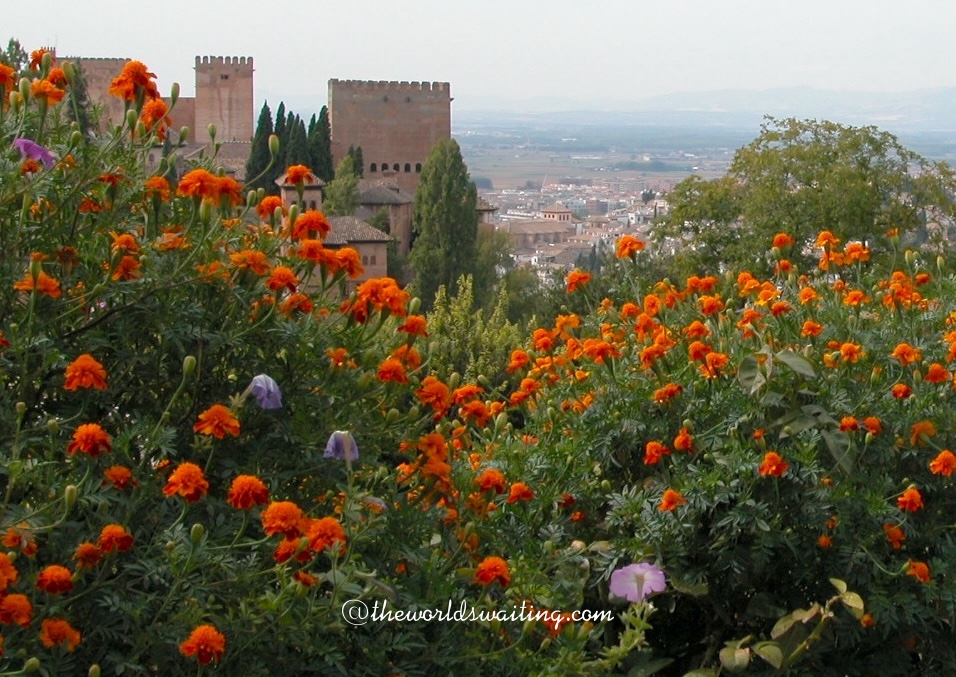
The oldest part of the fortress was built nearest a steep edge of the hillside and parts of exterior walls and a tower are all that remains of this area. It is worth exploring though as it offers an amazing view across modern day Granada.
The Alhambra is in Granada and about 60 kilometres north of Motril on the South coast (which is to the East of Malaga). Have you been?





2 Comments
link2all
Beautiful photos. Miss Spain so much it hurts. Won’t be long now however. Granada and Motril were highlights for me.
John
Liv
Hi John – glad to hear it sounds like you will be there again soon!
My recent post European cities – what not to miss